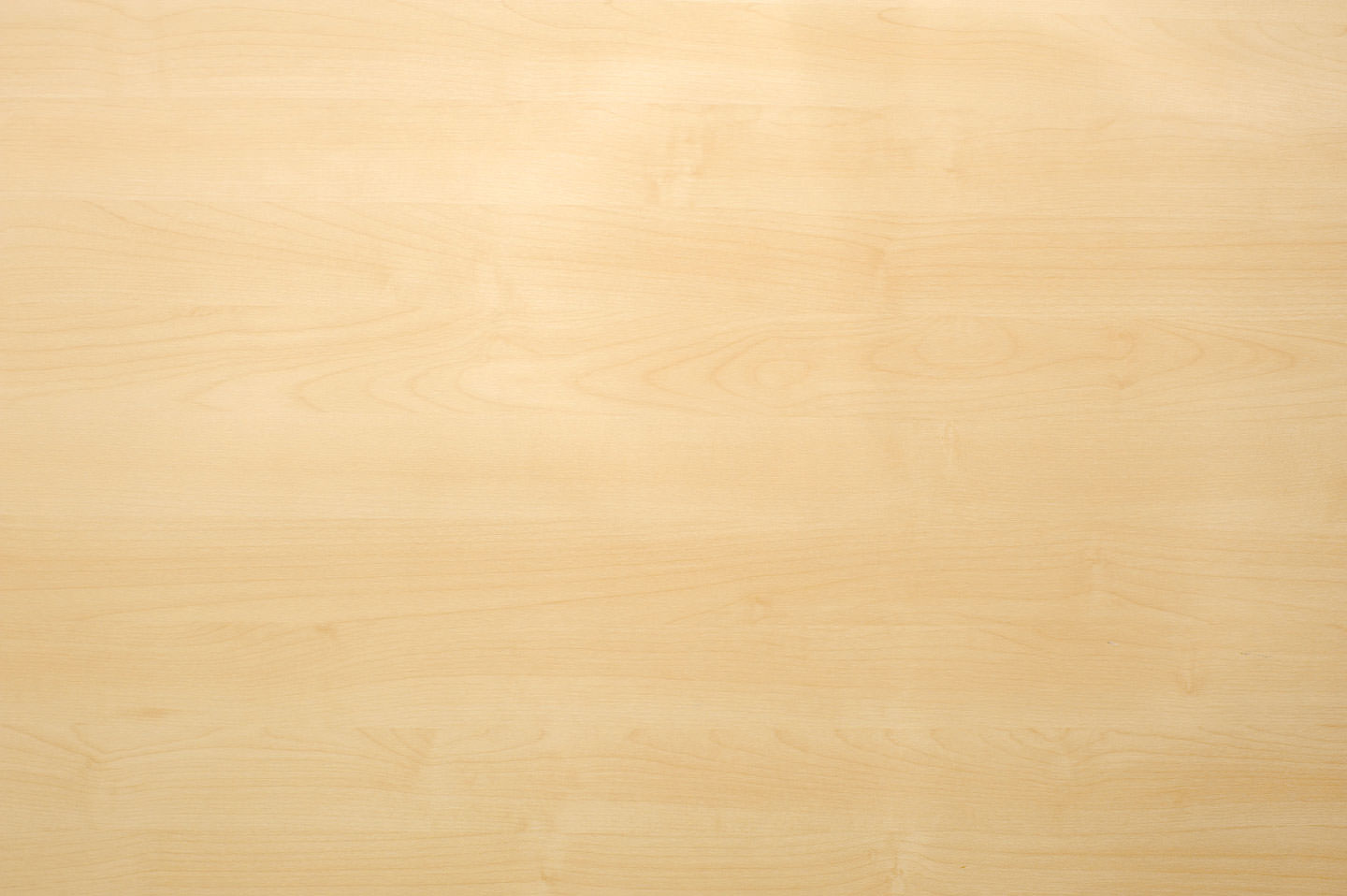

Ponencias
67
maria o secundaria con FVIII. La profilaxis secundaria continua
a largo plazo es también recomendada con artropatía establecida
para prevenir la recurrencia de eventos hemorrágicos, el desarrollo
de articulaciones dianas o para enlentecer la progresión de un del
daño articular ya establecido. En cuanto a una profilaxis a corto
plazo (3-6 meses) el panel considera que debería considerarse en
pacientes que precisen fisioterapia activa o prolongada y en pacien-
tes mayores con articulaciones diana antes de actividades de riesgo
para la aparición de sangrados.
Existe un interés cada vez mayor en la profilaxis en pacien-
tes con inhibidor. Sin embargo, su uso continúa siendo limitado
probablemente en relación con múltiples factores, como la menor
eficacia de los agentes baipás comparada con el FVIII, los incon-
venientes relacionados con su administración (vida media corta del
rFVIIa o tiempo de infusión de CCPa), el coste de un tratamiento
de este tipo a largo plazo o el riesgo asociado de fenómenos trom-
bóticos, especialmente en pacientes de cierta edad.
Bibliografía
1. Gringeri A. Prospective controlled studies on prophylaxis: an Italian
approach. Haemophilia 2003;9(Suppl 1):38-42.
2. Manco-Johnson MJ, Abshire TC, Shapiro AD, Riske B, Hacker
MR, Kilcoyne R, et al. Prophylaxis versus episodic treatment to
prevent joint disease in boys with severe hemophilia. N Engl J Med
2007;357(6):535-44.
3. Gringeri A, Lundin B, von Mackensen S, Mantovani L, Man-
nucci PM. A randomized clinical trial of prophylaxis in children
with hemophilia A (the ESPRIT Study). J Thromb Haemost
2011;9(4):700-10.
4. Lusher JM. Considerations for current and future management of
haemophilia and its complications. Haemophilia 1995;1:2-10.
5. Srivastava A, Brewer AK, Mauser-Bunschoten EP, et al; Treatment
Guidelines Working Group on Behalf of The World Federation of
Hemophilia. Guidelines for the management of hemophilia. Haemo-
philia 2013;19(1):e1-e47.
6. National Hemophilia Foundation. MASAC [Medical and Scientific
Advisory Council] Recommendation 179. MASAC recommenda-
tion concerning prophylaxis (regular administration of clotting factor
concentrate to prevent bleeding). Adopted November 4, 2007. Avai-
lable at
:http://www.hemophilia.org/NHFWeb/MainPgs/MainNHF.aspx?menuid557&contentid51007. Accessed August 29, 2014.
7. Gringeri A, Lorenzo G, Mantovani P, Scalone L, Mannucci PM; for
the COCIS Study Group. Cost of care and quality of life for patients
with hemophilia complicated by inhibitors: the COCIS Study Group.
Blood 2003;102:2358-63.
8. Hay CR. The epidemiology of factor VIII inhibitors. Haemophilia
2006;12(Suppl 6):23-8.
9. DiMichele D. Inhibitor development in haemophilia B: an orphan
disease in need of attention. Br. J Haematol 2007;138(3):305-15.
10. Gouw SC, van der Bom JG, Marijke van den Berg H. Treatment-re-
lated risk factors of inhibitor development in previously untrea-
ted patients with hemophilia A: the CANAL cohort study. Blood
2007;109(11):4648-54.
11. Hay CRM, DiMichele DM. The principal results of the International
Immune Tolerance Study: A randomized dose comparison. Blood
2012;119:1335-44.
12. Lloyd Jones M, Wigth J, Paisley S, Knight C. Control of bleeding
in patients with haemophilia A with inhibitors: a systematic review.
Haemophilia 2003;9:464-520.
13. Blanchette VS, Manco-Johnson MJ. Meeting unmet needs in inhi-
bitor patients. Haemophilia 2010;16(Suppl 3):46-51.
14. Leissinger CA, Becton DL, Ewing NP, Valentino LA. Prophylactic
treatment with activated prothrombin complex concentrate (FEIBA)
reduces the frequency of bleeding episodes in paediatric patients
with haemophiliaA and inhibitors. Haemophilia 2007;13(3):249-55.
15. Morfini M, Auerswald G, Kobelt RA, et al. Prophylactic treatment of
haemophilia patients with inhibitors: clinical experience with recom-
binant factor VIIa in European Haemophilia Centres. Haemophilia
2007;13(5):502-7.
16. Jiménez-Yuste V, Alvarez MT, Martín-Salces M, et al. Prophylaxis in
10 patients with severe haemophiliaA and inhibitor: different approa-
ches or different clinical situations. Haemophilia 2009;15(1):203-9.
17. Valentino LA. The benefits of prophylactic treatment with APCC in
patients with haemophilia and high-titre inhibitors: a retrospective
case series. Haemophilia 2009;15(3):733-42.
18. Ettingshausen CE, KreuzW. Early long-termFEIBA prophylaxis in hae-
mophiliaA patients with inhibitor after failing immune tolerance induc-
tion:A prospective clinical case series. Haemophilia 2010;16(1):90-100.
19. Young G, Auerswald G, Jiménez-Yuste V, et al. PRO-PACT: retros-
pective observational study on the prophylactic use of recombinant
factor VIIa in hemophilia patients with inhibitors. Thromb Res
2012;130(6):864-70.
20. Leissinger C, Gringeri A, Antmen B, et al. Anti-inhibitor coagulant
complex prophylaxis in hemophilia with inhibitors. N Engl J Med
2011; 3;365(18):1684-92.
21. Antunes SV, Tangada S, Stasyshyn O, et al. Randomized compa-
rison of prophylaxis and ondemand regimens with FEIBA NF in
the treatment of haemophilia A and B with inhibitors. Haemophilia
2014;20(1):65-72
22. Konkle BA, Ebbesen LS, Erhardtsen E, et al. Randomized, pros-
pective clinical trial of recombinant factor VIIa for secondary pro-
phylaxis in hemophilia patients with inhibitors. J Thromb Haemost
2007;5(9):1904-13.
23. López-Fernández MF, Altisent Roca C, Álvarez-Román MT, et
al. Spanish Consensus Guidelines on prophylaxis with bypassing
agents in patients with haemophilia and inhibitors. Thromb Haemost
2016;2;115(5):872-95.



















